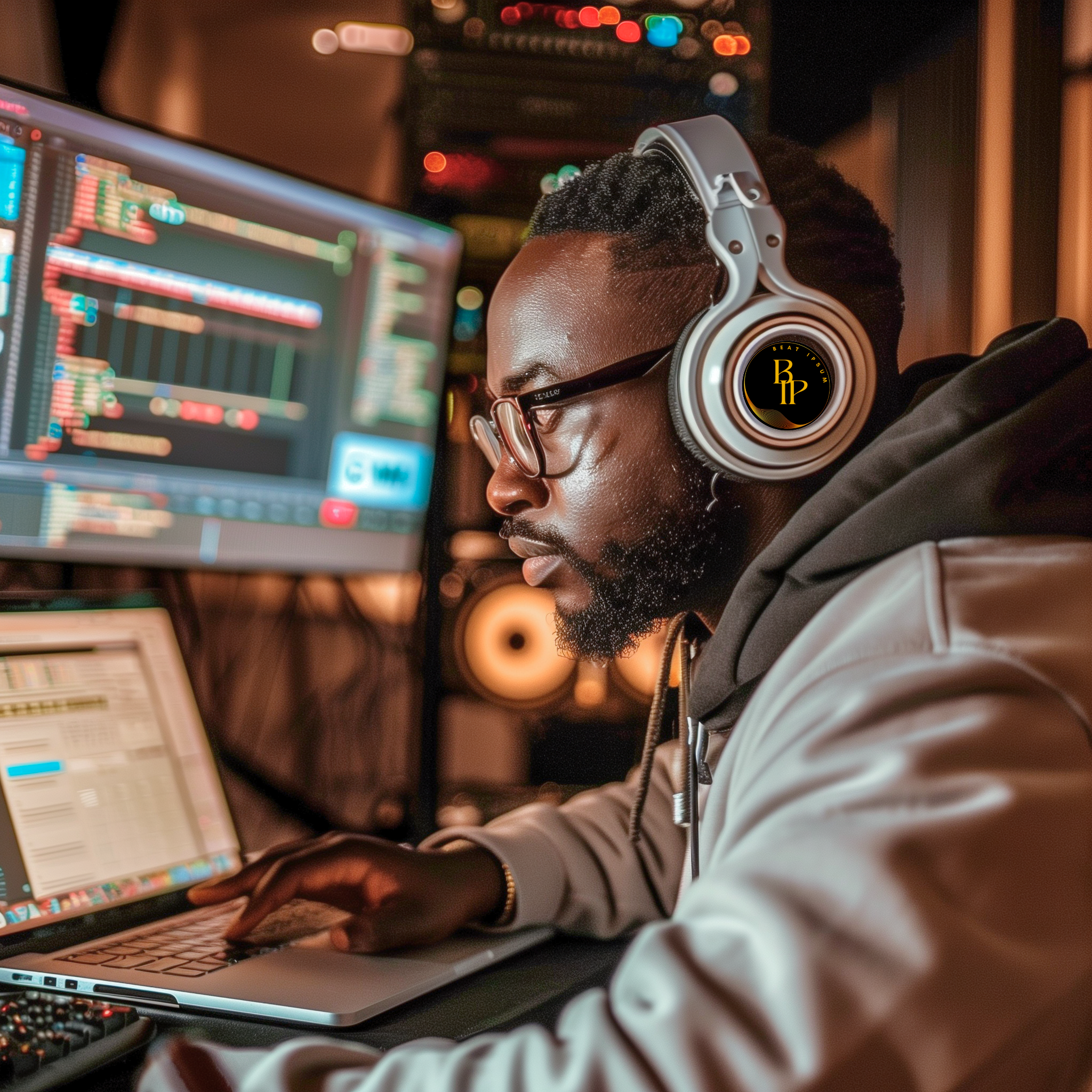Orchestrating the Future: The Convergence of Artificial Intelligence and Music
The Grand Narrative of Human Creativity
In the grand narrative of human creativity, a new chapter is being written at the intersection of artificial intelligence (AI) and music, marking a paradigm shift in the way we conceive, create, and experience music. This fusion of technology and artistry is not merely an evolution but a revolution, redefining the boundaries of musical expression and challenging our deepest notions of creativity.
A Prelude to Innovation
The odyssey of AI in music commenced in the mid-20th century, charting a course from the pioneering algorithmic compositions to today's sophisticated AI-driven musical creations. In 1960, Rudolf Zaripov utilized the "Ural-1" computer to embark on the world's first foray into algorithmic music composing, a venture that unveiled the untapped potential of computational creativity.
By 1965, Ray Kurzweil's introduction of a pattern-recognizing computer capable of generating music underscored the profound possibilities of merging machine intelligence with musical creativity. These early explorations laid the foundational notes for a symphony of technological and artistic collaboration that continues to evolve.
The Crescendo of AI in Music Composition
Today, the landscape of AI-driven music has expanded to encompass a diverse array of applications, from composition and performance to theory and sound processing. Innovations such as Google's Magenta and AIVA exemplify the strides made in harnessing AI to produce compositions that resonate with human emotion and complexity, blurring the lines between human and machine creativity.
Interactive Scores and the Symphony of Collaboration
The advent of technologies like ChucK and initiatives like the Computer Music Project at Carnegie Mellon University have revolutionized the concept of interactive music. These platforms facilitate a dynamic interplay between human musicians and AI, enabling real-time synthesis and performance that enrich the musical experience and expand the creative possibilities.
Pop Music Automation: The Algorithmic Hit Factory
In the realm of pop music, automation has emerged as a frontier of exploration, leveraging the genre's structural patterns to algorithmically generate chart-topping hits. Tools such as Songsmith embody the democratization of music creation, empowering individuals with no formal musical training to compose songs, thereby widening the gateway to musical expression.
The Future Symphony: AI's Expanding Role
As we venture further into the future, the potential for AI in music promises a landscape ripe with innovation. The advent of AI-generated music not only enriches the tapestry of musical genres but also prompts a reevaluation of copyright, creativity, and the essence of artistic authorship.
Encore: A Reflection on Creativity and Collaboration
The integration of AI into the domain of music heralds a new era of artistic exploration, where the collaborative synergy between human intuition and machine intelligence composes a future symphony of endless possibilities. This journey challenges us to reimagine the creative process, inviting a harmonious partnership that transcends the traditional boundaries of art and technology.
References
"Music and artificial intelligence." Wikipedia, The Free Encyclopedia. Wikipedia, The Free Encyclopedia.
"Algorithmic composition." Wikipedia, The Free Encyclopedia. Wikipedia, The Free Encyclopedia.
"Pop music automation." Wikipedia, The Free Encyclopedia. Wikipedia, The Free Encyclopedia.
